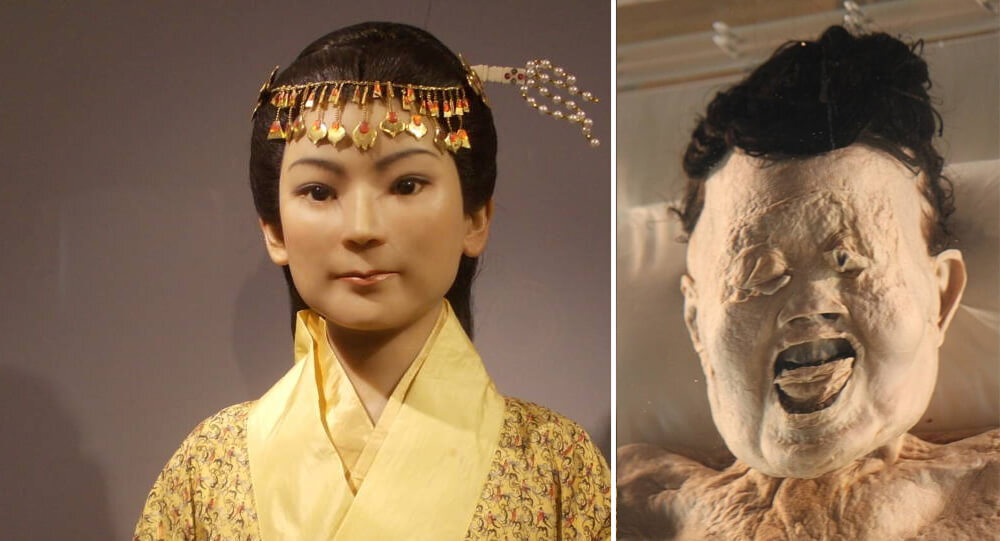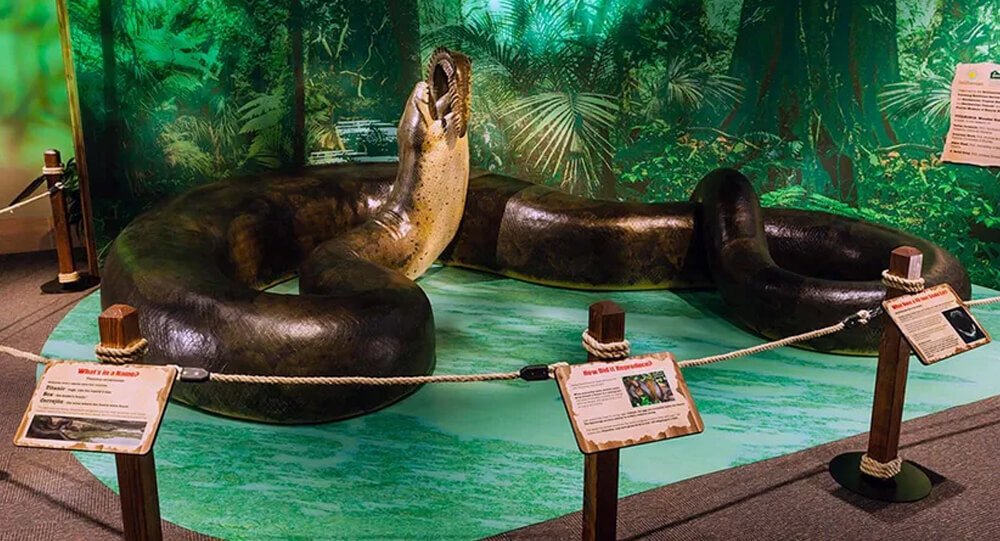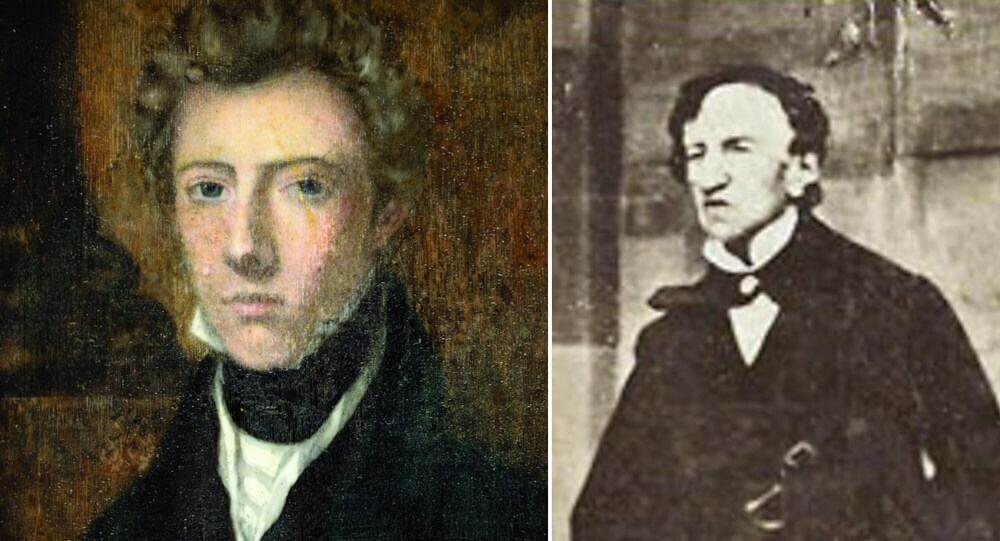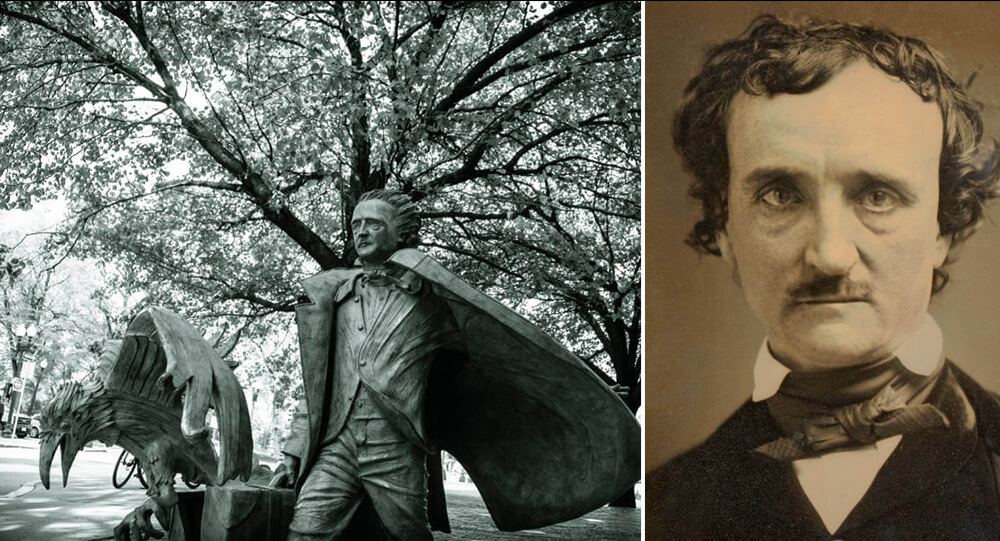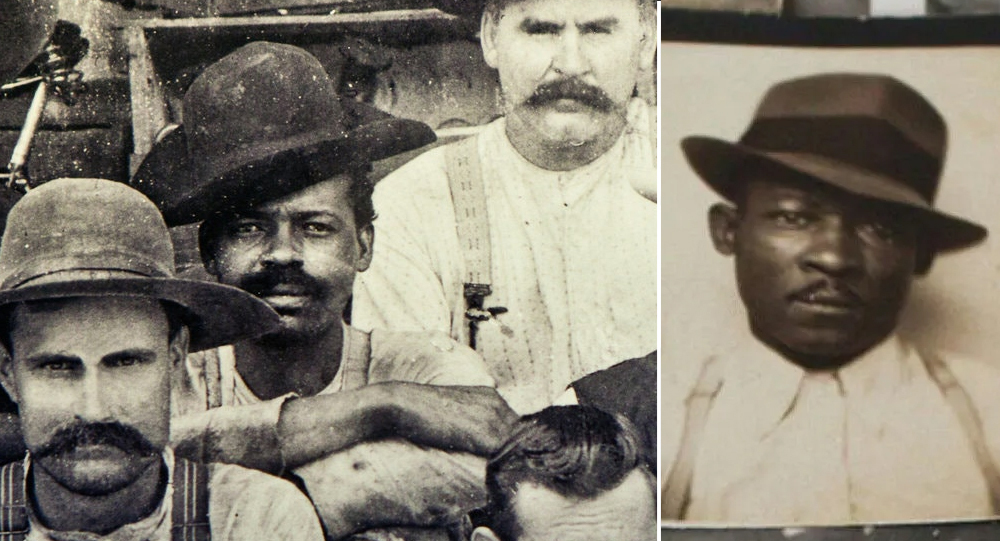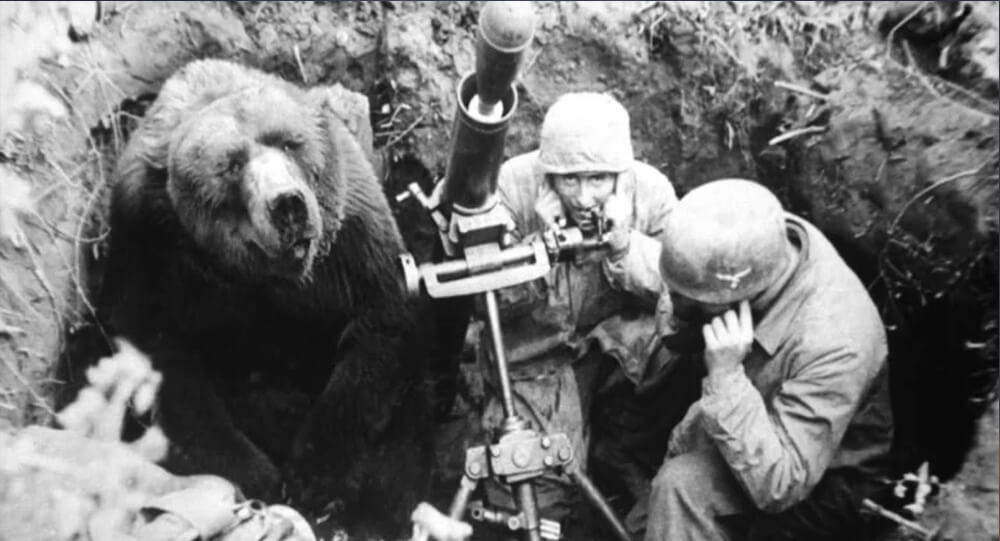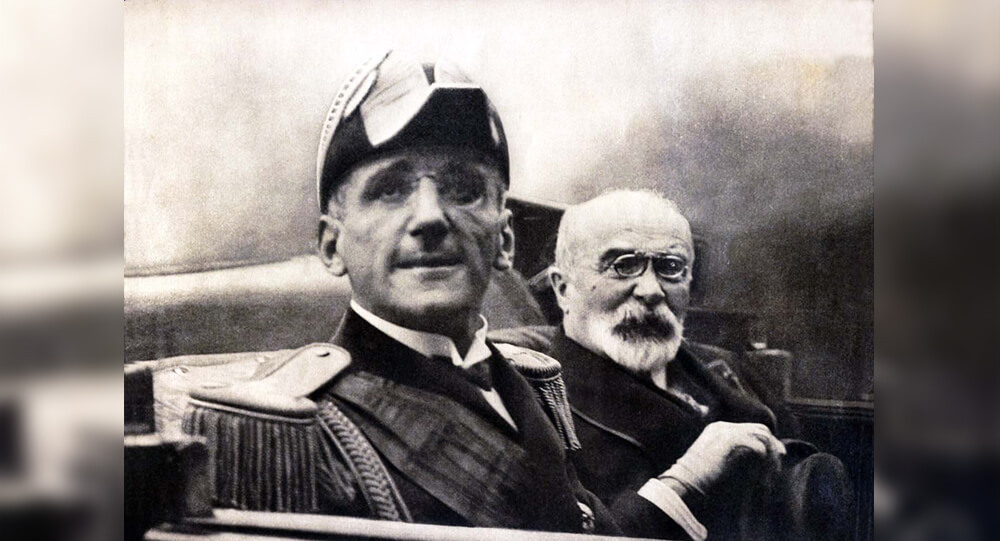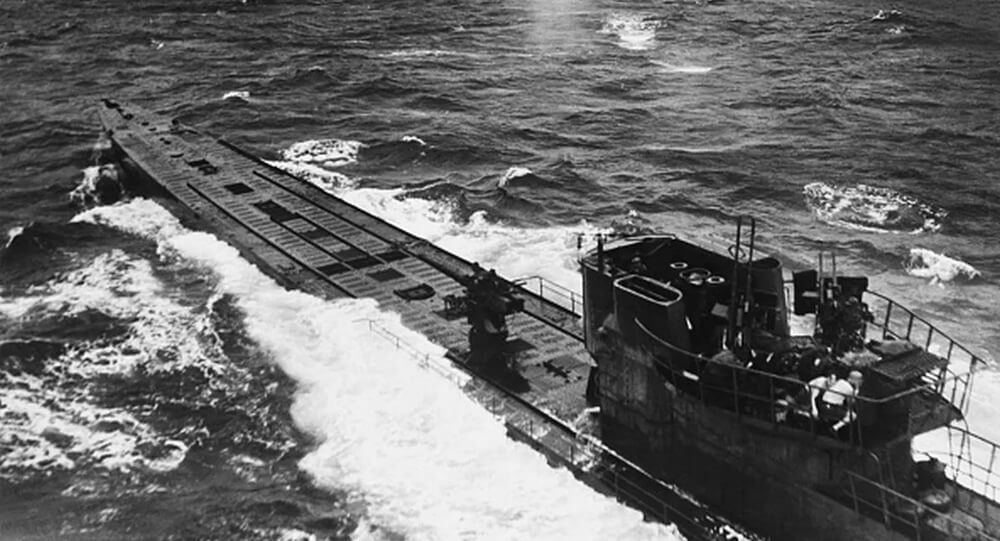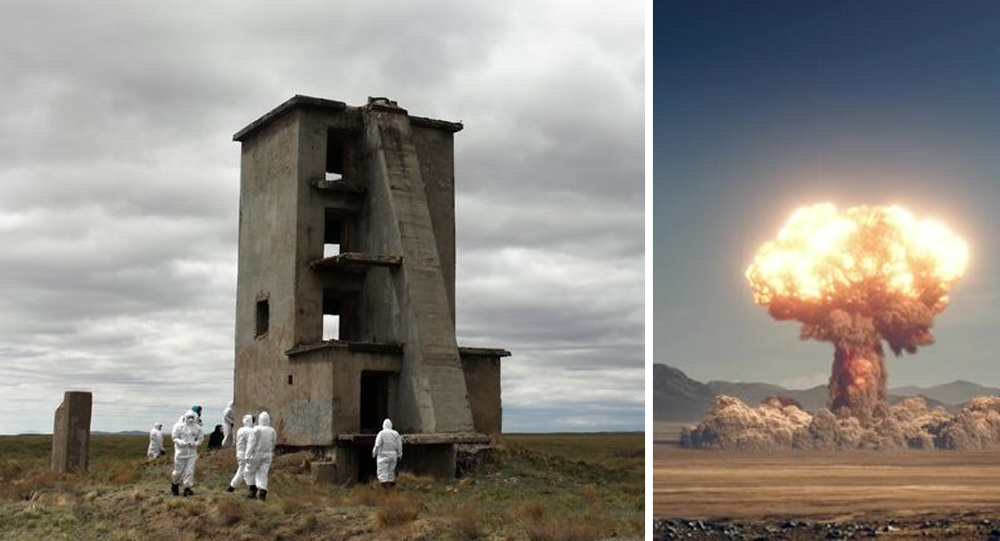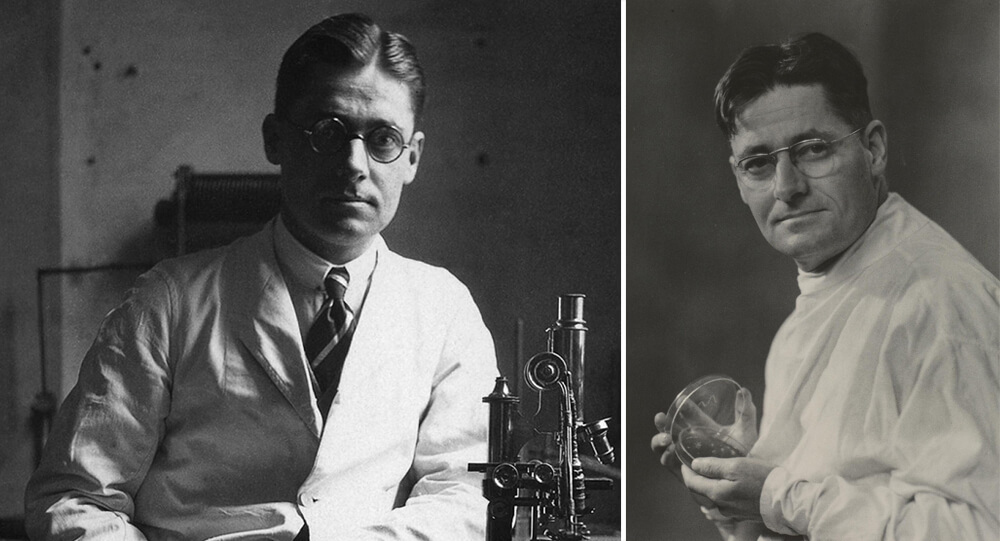

The incredible story of a plane that lost its roof in mid-flight and the light signal that saved 94 lives.
The Boeing 737-200 of Aloha Airlines, an American company with headquarters in Honolulu, Hawaii, was on the runway that Thursday at 1:20 pm finalizing the details of the positioning and getting ready for takeoff.
Five minutes later, on a traditional sightseeing flight, the co-pilot Madeleine Tompinks—one of the few women pilots in the US at the time—and the captain Robert Schornsteimer lift off from Hilo, Hawaii, bound for Honolulu, the state capital.
With 90 passengers and 5 crew, Flight 243 had taken off and was starting to ascend. It took off, reached a cruising altitude of 24,000 feet after 21 minutes of flight, and was getting ready to resume its regular route to Honolulu. But the reverse took place.

When the aircraft got to cruising altitude, it had an explosive decompression that blew off a lot of the side fuselage and part of the roof. A third of the passengers were left exposed, subject to furious winds and temperatures of 20 degrees (Celsius) below zero, as the plane began to move from the front to the wings.
Clarabelle Lansing, the cabin manager, was ejected from the aircraft automatically. Since his body was never discovered, it is likely that he perished when he fell into the water. In the midst of a string of miracles, there was a tragic death. because the light signal had not been turned off, and the rest of the passengers and cabin crew were still buckled up.
There were other miracles as well. Every effort was made to keep the aircraft’s metal from breaking under the strain. Only the lower racks of the cargo compartment connected the captain’s cabin to the rest of the aircraft, and it was tilted downward slightly. The 94 people who were still on board the Boeing 737-200 could have perished at any time if it had come off.

Despite the explosion’s noise and his confusion, Schornsteimer was able to call for an emergency landing at Kahului Airport in another Hawaiian city and start the descent of a plane that was in danger of collapsing at any moment.
Nevertheless, the commanders continued to descend for 13 minutes until they spotted the airport and began to prepare to land, all the while dozens of terrified passengers watched what was happening around them and waited to see if they would survive or not.
In spite of everything, the landing gear moved. The pilot and co-pilot successfully landed the damaged Boeing.
The commanders were forced to prepare for a high-speed landing because they were unable to slow down due to the damage to the aircraft, further jeopardizing the safety of the craft and those on board when they landed. However, despite all odds, the landing gear moved. Copilot Tompinks and Schornsteimer were able to safely land the damaged Boeing.
To see is to believe.
Images of a plane that had just landed on the runway with a third of its fuselage detached and passengers traveling inside it without a roof, as if it were an urban tourism bus, must have been shocking to the Kahului airport staff and the passengers who were in the terminal.
Lansing was the only person to have removed her seat belt prior to the explosion that ejected her into the air and into the water, likely to begin on-board duty. Lansing’s death was the only one accounted for by the accident.

A subsequent investigation found that metal fatigue was to blame for the aircraft’s failure. After 20 years of service, the aircraft had already experienced “unusual vibrations” during takeoff. The manufacturer had estimated a useful life of about 75,000 flights, but the aircraft had already flown 89,680.
The upper panels of the fuselage’s forward section undoubtedly cracked as a result of this excessive use. In fact, one of the survivors claimed to have noticed what she believed to be a surface crack near the gate.
The episode, one of the most famous in commercial aviation history, was reenacted in the first episode of Mayday: Air Disasters’ third season as well as in the 1,000 Ways to Die book series’ “Aspirated Stewardess” chapter. Additionally, it was explained in the CBS film Miracle Landing.

Blanche Monnier: Imprisoned For 25 Years For Falling in Love
Blanche Monnier, she was a French woman noted for her beauty, she wished to marry an old lawyer that her mother disapproved of, so she locked her in a small dark room in her attic for 25 years.

Xin Zhui And The Story Of The Stunningly Intact Lady Dai Mummy
A 2,000-year-old mummy of a Chinese woman, Xin Zhui, also known as “Lady Dai,” was preserved in 21 gallons of an “unknown liquid.” With her original hair, organs, eyebrows, and eyelashes intact, the mummy still has blood in her veins. Her skin and ligaments are soft and as flexible as that of a living person.

Man's Blood Helped Save Millions of Babies
Australian blood donor James Harrison has been one of our most impressive and valued donors, having donated for 60 years. Know his story, how he was a pioneer of our Anti-D program, and why this matters.

Titanoboa cerrejonensis, fossils of the world’s largest species of snake
In 2009 in a coal mine of Columbia, scientists discovered fossils of the world’s largest species of snake. The species is called “Titanoboa cerrejonensis,“and it is from around 60 million years ago. It would have had measured about 48 feet long and weighed about 2,500 pounds

The History Behind the “No One Dies Alone” Program
In 1986, while doing a night shift at the hospital, Sandra Clarke, a registered nurse, was asked by an elderly patient to stay. She promised to be back after checking on her other patients, but by the time she returned, the gentleman had passed away. Clarke became one of the key figures in launching No One Dies Alone, a program that allows volunteers to sit with terminal patients who have no one else.

The mysterious secret of Dr James Barry
Before women were allowed to enroll in medical school, Margaret Ann Bulkley studied medicine and assumed the identity of Dr. James Barry for 56 years while dressing as a man. After 46 years of service as an army doctor officer, her secret was not made public until after her death in 1865.

Inside The Mysterious Death Of The Famed Gothic Writer Edgar Allan Poe
Hours before his death Edgar Allen Poe was found on the streets of Baltimore. He was incoherent, wearing another man’s clothes, and unable to explain how he got there. The cause of his death is an unsolved mystery.

The day Iceland's women went on strike
Icelandic women went on strike for equal rights on October 24, 1975. 90% of women walked out of their jobs and homes, effectively shutting down the entire country. The men were struggling to keep up. The following year, Parliament passed a law requiring equal pay. Iceland elected the world's first female President five years later. Iceland now has the highest gender equality rate in the world.

how Ferris wheel invented
In 1891, Chicago challenged engineers to create a structure to surpass the Eiffel Tower for the World's Columbian Exposition. George Washington Gale Ferris jr. responded with the original Ferris Wheel, a giant rotating structure elevating visitors above the city. This invention became an iconic attraction at the fair.

Iranian inmate dies from happiness after finding out he will not be executed
An Iranian man who was convicted of murder reportedly died from happiness after learning that his death sentence was being commuted.

Mother who spent entire life savings for daughter’s cancer treatment won the lottery
A mother won $2 million from a $10 scratch-off lottery ticket after she spent all of her entire life savings to pay her daughter’s cancer treatment. She bought the winning ticket after her daughter’s last cancer treatment.

How Sleep Deprivation Was Once Used as Torture
Sleep deprivation, long before modern interrogation techniques, was considered a “clean” and effective form of torture—leaving no physical scars, yet breaking minds with haunting silence. Victims endured days and nights without rest, leading to vivid hallucinations, disorientation, and psychological torment. This article traces the dark history of sleep deprivation as a weapon, examines the science behind its effects on the brain, and shines a light on the painful balance between human endurance and cruelty in the annals of coercion.

Did Gil Pérez Really Teleport from Manila to Mexico Overnight? The 1593 Mystery
On October 24, 1593, while performing his guard duties at Manila's Governor's Palace in the Philippines, Gil Perez stopped to lean against a wall and sleep for a while. He opened his eyes to find himself in an unusual environment. Gil was in the Plaza Mayor in Mexico City. They imprisoned Perez, but the authorities in Mexico City decided to release him and return him home.

Story of Kathrine Switzer: the first woman to run in Boston Marathon
Before women were allowed to run in the Boston Marathon, Kathrine Switzer participated. A race official attempted to forcefully remove her from the race in 1967, but her boyfriend pushed him down. She was the first female finisher who had a numbered entry in the race.

Ancient Jericho: The First Walled City In History
The ancient city of Jericho is the world's oldest walled city, with evidence of stone fortifications dating back nearly 9000 years.

Nearest Green, America's first known Black master distiller
Nathan "Nearest" Green was an African-American head stiller who is now more frequently referred to as a master distiller. He was renowned for imparting his distilling knowledge to Jack Daniel, the creator of Jack Daniel's Tennessee whiskey distiller, after Jack Daniel was freed from slavery following the American Civil War.

8 Interesting Facts About The Unsinkable Ship, TITANIC
If you ask your friends what's the most famous ship in history the answer in most cases will be the same, of course the legendary Titanic. Its history is full of mysteries, at first it was a source of hope and national pride as well as proof of the triumphs of mankind but it soon became a source of nostalgia and pain, the extent of which cannot be described in words.

The 440-pound bear named Wojtek and his World War II battle against the Nazis
Polish troops raised an orphaned bear cub during WWII. He enjoyed drinking beer, and was trained to salute. He became officially enlisted as a member of the forces, and helped carry artillery during battle.

The Assassination Of King Alexander
The assassination of King Alexander of Yugoslavia marked a pivotal moment in the country's history. This article delves into the rise and reign of King Alexander, exploring his early life and ascension to the throne. It also examines the political and social climate in interwar Yugoslavia, setting the stage for the tensions and challenges that ultimately culminated in his tragic assassination. By understanding the context in which this event unfolded, we can better grasp the significance and impact it had on the nation and its future.

The World’s First Seismograph: How Ancient China Detected Earthquakes 1,800 Years Ago
Over 1,800 years ago, long before modern technology, the ancient Chinese astronomer and inventor Zhang Heng created the world’s first seismograph in 132 AD. This ingenious bronze device could detect distant earthquakes by releasing small balls from dragons’ mouths into toads’ mouths—each indicating a different compass direction. Its historic detection of an earthquake 400 miles away astonished the imperial court and transformed the way societies understood and responded to seismic events.

The Amazing Truth About The German U-Boat That Was Sunk By A Toilet
During WWII, a German captain and an engineer flushed the submarine's high-tech toilet incorrectly, causing the vessel to rapidly fill with water. British planes patrolling the sea attacked them as the submarine was brought to the surface. While many members of the crew were killed in the attack, the captain escaped!

The Forgotten Story of Semipalatinsk and the Soviet Nuclear Experiments
Between 1949 and 1989, the Semipalatinsk Test Site in Kazakhstan became the primary location for Soviet nuclear weapons tests, exposing millions of unsuspecting villagers to radioactive fallout. Known as the “Polygon of Suffering,” this remote desert witnessed 456 nuclear detonations that caused widespread health crises, birth defects, and generational genetic damage. This article narrates the chilling legacy of Semipalatinsk, unveiling the human cost of Cold War arms development and the ongoing struggle for healing and recognition in Kazakhstan.

The 1814 London beer flood
In 1814, there was a beer flood in London when a tank containing more than 300,000 gallons ruptured in which 8 people drowned.

How did Howard Florey discover penicillin
Penicillin was discovered by Alexander Fleming, but he never attempted to turn it into an antibiotic. It wasn't until ten years later that Howard Florey discovered Fleming's obscure paper and understood the mold's potential. Up to 200 million lives may have been saved as a result of Florey's work.

George Dantzig solved two famous “unsolved” problems in statistics mistakenly as assignment
In 1939, George Dantzig arrived late to his statistics class. On the board were two famous “unsolved” problems in statistics written as an example by his professor. Dantzig mistook the examples for homework assignments. He solved the “unsolved” problems and submitted the homework to his professor a few days later. His solutions earned him a doctorate.


